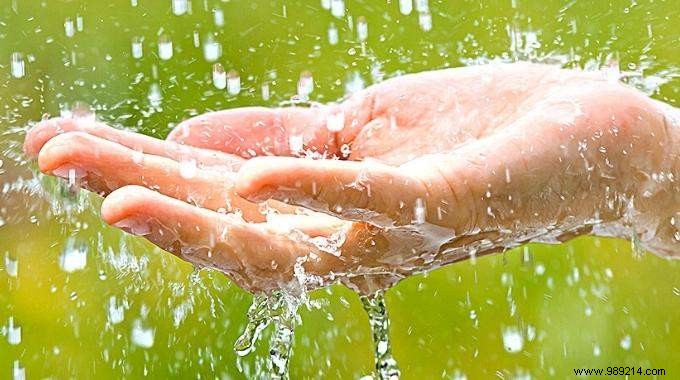
What can be done with collected rainwater?
I reveal here all the uses of this water.
Because it would be a shame to lose such a precious commodity!
It was my friend, a gardener and eco-friendly from the very beginning, who shared his tips for using rainwater with me.
For the garden, the house or the small daily jobs, rainwater is an incredible and free resource.
Here are 8 amazing uses of rainwater to save money on your water bill. Watch:

First of all, I must remember one very important thing:
Rainwater is not considered drinkable despite the benefits attributed to it.
Why ? Simply because, in some regions, it can potentially contain polluting products.
This is why the use of rainwater is regulated and cannot be done lightly.

This is the best known use.
The rainwater that can be collected through collectors is used to water the fruits and vegetables of our own production.
This water is supposed to be the purest ...in any case purer than that of the tap.
By extension, you can also water flowers in planters, green plants or fruit trees in the orchard.
You will agree that it saves a lot of water, especially if you have a large garden!
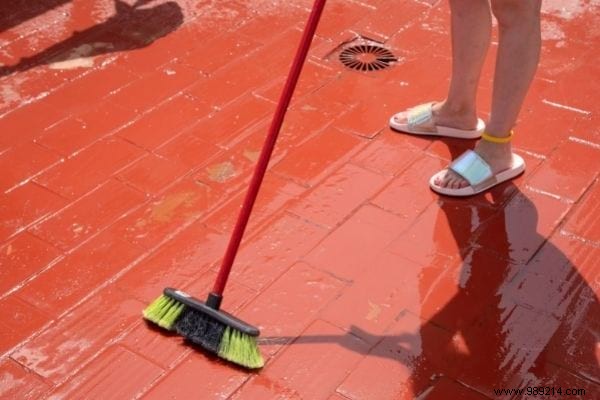
Why waste drinking water to wash your terrace? While rainwater is perfect and 100% free.
Depending on the surface of the terrace, more or less water will be needed and it can quickly get expensive.
Well no! Fill a basin with rainwater from your collector, and clean your balcony without spending €1 .
Need to clean the slabs of the terrace?
Fill the tank of your high power sprayer with recycled rainwater and you're done!
While we're at it, we can take the opportunity to rinse the garden tools.
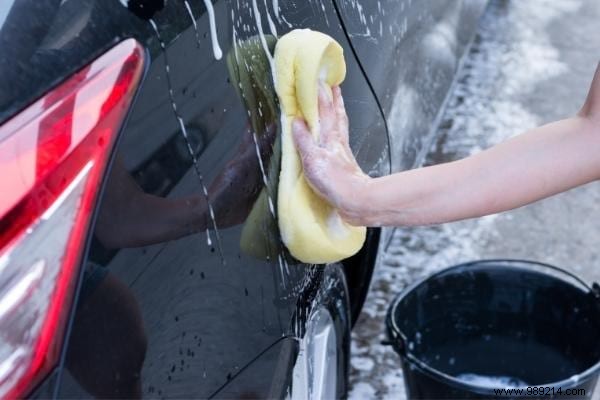
Finally, we can clean everything with collected rainwater.
The car is one of the things we wash from time to time.
But personally, I find it unbearable to run liters of drinking water for that.
So, rainwater is impeccable for this mission.
Wet the bodywork with rainwater, scrub and rinse. Nothing simpler.
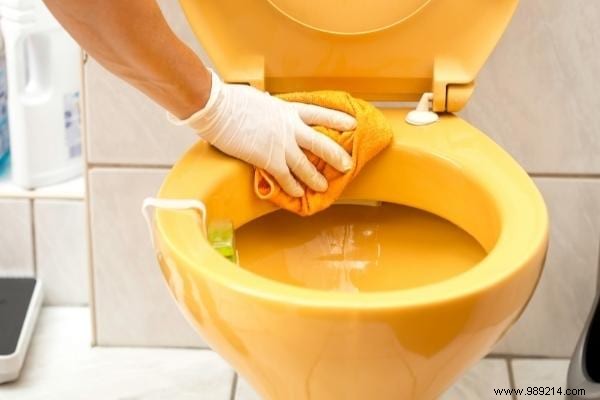
Indoor or outdoor toilets, regular cleaning is essential.
For this, rainwater is ideal.
Why ? Because it is pure and free.
Yes, it would still be a shame to maintain your toilets with drinking water, right?
In addition, rainwater is demineralised , which avoids unnecessary lime build-up on the earthenware.
So less black marks at the bottom of the bowl!

While we're in the toilet, why not fill the toilet tank with collected rainwater?
Here again, using liters of drinking water to evacuate a little pee...
It makes countries who lack water scream, believe me!
So, nothing could be simpler, connect the toilet tank to the rainwater collector.
Or even easier, take a bucket and empty it into the basin after the small errand.
In both cases, you save water!
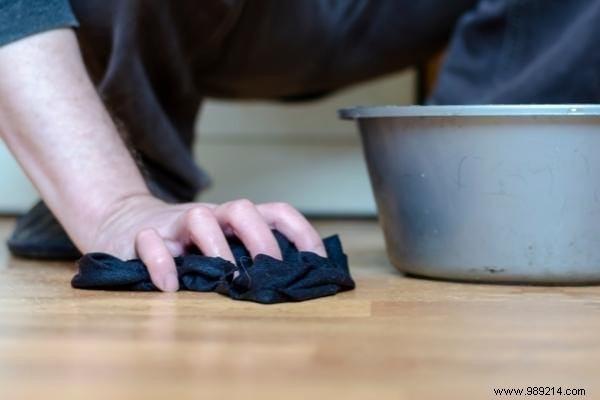
To wash on the floor in the house, remove a basin of rainwater from your cistern.
If necessary, heat it slightly.
All you have to do is wash the floors with your usual product.

If you have an old wash house or an outdoor ornamental pond, it is quite easy to fill them with collected rainwater.
This water is not toxic to fish , batrachians or aquatic plants that grow there.
As long as this water is not consumed by humans, everything is fine!
On the other hand, it is not necessarily recommended in an aquarium without a filtration system.
And what about the swimming pool?
You can fill a swimming pool with rainwater provided it is treated, in particular to stabilize the pH.

Chickens, goats, horses, dogs or cats can consume a lot of water.
However, they do not necessarily need drinking water like ours.
So don't hesitate to install a water collector near your barn.
Then, connect the drinkers to the collector.
Be careful, however, to check the water regularly so as not to allow bacteria to develop.
No more exploding water bills for animals.
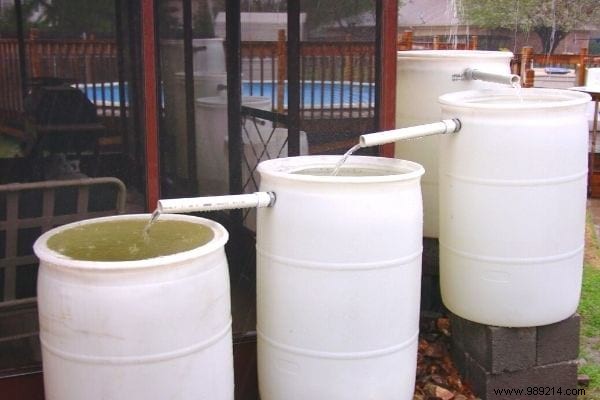
It may seem unbelievable, but be aware that the recovery of rainwater is regulated.
It is therefore necessary to install its recovery tank correctly.
First, choose the correct size catcher for your use.
To supply a flush, plan a 300 liter tank.
There are different shapes and sizes of recuperator with different flow rates.
Next, prepare the place that will receive the tank.
It must be stabilized and flat.
Choose a cool place that stays in the shade in summer.
Connect the tank to the roof gutter. The steeper the roof, the more water is collected.
Once the tank is installed, remember to cover it to protect it from leaves or insects.
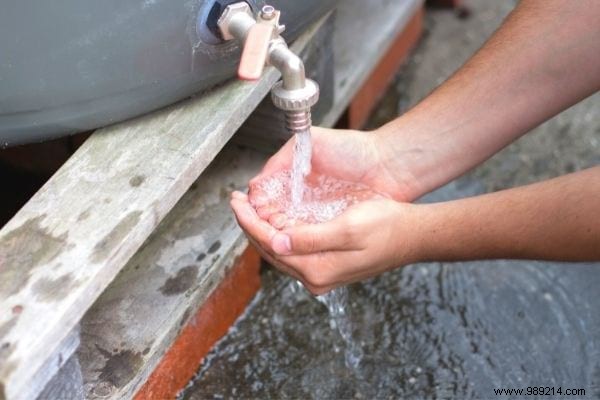
If your system is connected to the collective sanitation network, a declaration to the Town Hall must be made.
It is expected that the user maintains his tank at least once a year by disinfecting the container and cleaning the filters.
Here is the article of law.
This is an interesting question, because it would allow the consumption of completely free water.
In France, it is compulsory to make the water drinkable to use it in the shower, drink it or wash the dishes.
It is therefore necessary to ensure that the pH of the water in the tank is stable.
It is then necessary to install an osmosis unit which filters the water, in particular thanks to activated carbon and a pump.